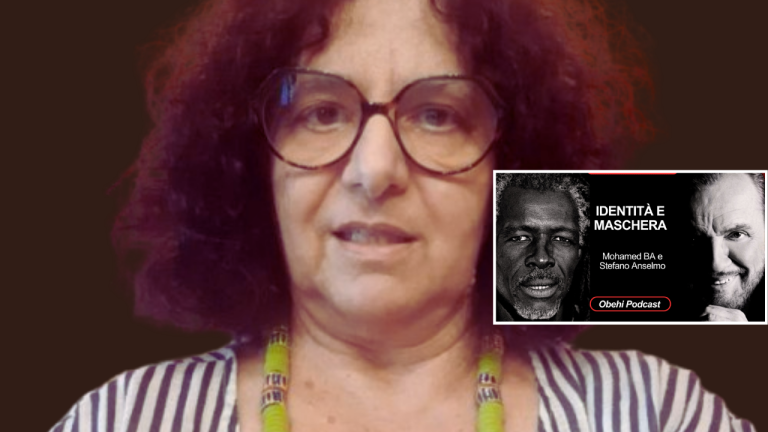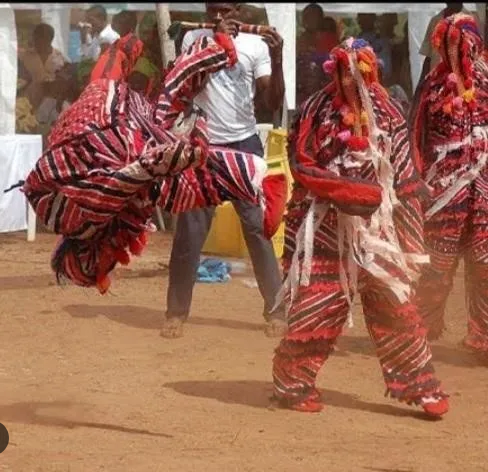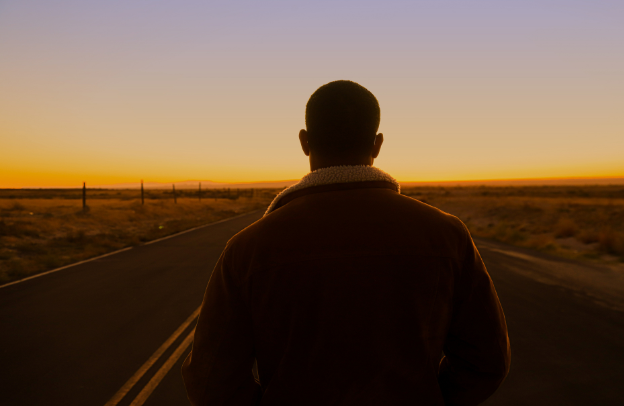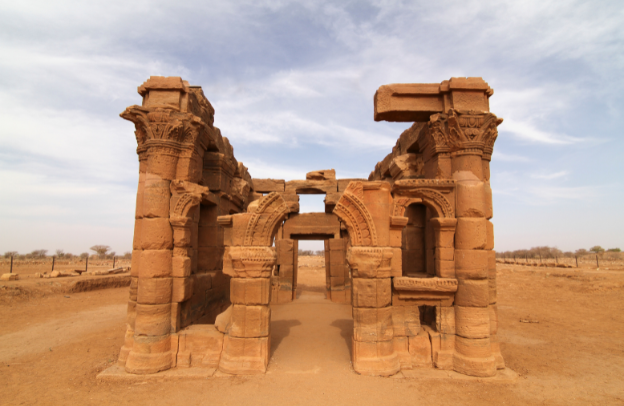The Story Of The African Museum Of Verona Since 1938
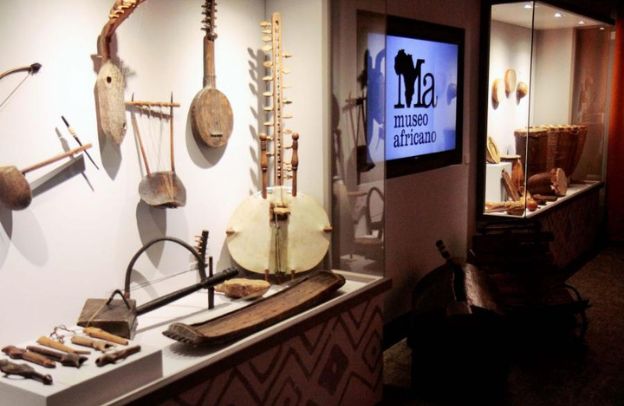
Since its inception, the African Museum in Verona, Italy, has stood as the prime vision of Bishop Francesco Sogaro, the first successor of the Comboni Missionaries. But what is really behind this museum and what does it mean to the Africans living in this city, visitors, and those who might want to learn more about African culture?
Want to learn more about storytelling? Start by downloading the first chapter of The Storytelling Mastery.
The Comboni Missionaries of the Heart of Jesus, alternatively referred to as the Comboni Missionaries of the Sacred Heart or the Verona Fathers, and initially known as the Sons of the Sacred Heart of Jesus (Congregatio Filiorum S. Cordis Iesu), constitute a Catholic clerical male religious congregation recognized with pontifical right.
The missionary society received approval as a congregation of diocesan rights on December 8, 1871. Subsequently, on July 31, 1877, Comboni was appointed Apostolic Vicar of Central Africa and journeyed to Khartoum, where he died in 1881.
Following the founder’s demise, the congregation faced a challenging period as the Mahdist War impeded missionaries from carrying out their work in Sudan.
The conflict known as the Mahdist War, which started in 1881 pitted the followers of Muhammad Ahmad bin Abdullah, who declared himself the “Mahdi” of Islam, against the military of the Khedivate of Egypt initially, and subsequently, the British forces.
4 years later, in 1885 Francesco Sogaro, Comboni’s immediate successor, restructured the society into a congregation with simple vows. However, older members resisted this decision, fearing that increased religious obligations would detract from their active apostolic endeavors.
It was only after the Sacred Congregation for the Propagation of the Faith endorsed Sogaro’s choice that internal conflicts within the institute were resolved.
Evolution of the African Museum
Initially conceived as a showcase for the missionary activities of the institute, the African museum has undergone a remarkable evolution, emerging as an educational pillar, shedding light on the diverse cultures and rich heritage of African people within the missionary narratives.
The roots of the African Museum trace back to 1938 when the first cultural artifacts sent to Verona by the missionaries found a home in a room within the grand edifice of the Institute’s ‘Casa Madre’ in Verona.
However, it wasn’t until two decades later that the decision was made to formalize the establishment of the African Museum or “Mueo Africano” in Italian.
Spearheaded by Bishop Sogaro, the initiative aimed to offer a glimpse into the activities of the Comboni Missionaries in Africa.
See also Celebrating African Diaspora Heritage: An Insightful Conversation with Loretta Green-Williams.
This nascent stage laid the foundation for a significant transformation in the early 1970s when the museum pivoted towards becoming an open space and educational tool for those eager to learn about Africa.
Over the years, it has grown into a hub for ethno-anthropological studies, bolstered by the inclusion of the Biblioteca di Nigrizia, with a collection of approximately 20,000 volumes.
Students of all levels found themselves drawn to the museum, engaging in research and thesis preparation on topics of ethno-anthropological interest, as presented by the missionaries.
Expansion of the museum
The ensuing years witnessed a growing interest with the involvement of anthropologists, researchers, and experts in African cultures. While remaining accessible to all visitors, the museum increasingly welcomed the academic community, building up its status as a center of learning.
A significant overhaul in 1996 reflected a commitment to adapt to shifting societal sensibilities and evolving attitudes towards Africa.
This period marked a transition towards positioning the museum as a catalyst for intercultural dialogue. Internally restructured, it began offering multimedia experiences to visitors, complemented by dynamic activities such as exhibitions and educational workshops.
It became not merely a repository of African artifacts and cultural relics but a living, breathing testament to learning about African cultures and the bygone traditional practices that the missionaries wanted to keep about Africa.
Renewal and Innovation:
In 2006, the museum underwent a profound renewal, reimagining traditional African life through an anthropological lens. Architect Mauro Del Maro’s vision was complemented by the expertise of multimedia specialist, Massimiliano Troiani and decorator, Laura Fasciolo.
This endeavor was to seamlessly integrate traditional artifacts with cutting-edge multimedia, presenting a holistic depiction of Africa’s complexities and diversities.
Cultural Significance
The cultural significance of the African Museum burgeoned throughout the latter half of the 20th century. It emerged as a cornerstone of ethno-anthropological education in Verona, attracting students and scholars alike.
In conjunction with the Biblioteca di Nigrizia and later, a photo-cinematheque, the museum served as a comprehensive resource for understanding Africa’s multifaceted heritage. All these were through the perspectives of European missionaries, and the cultural artifacts brought from different African countries.
Beyond its static exhibitions, the museum hosts a myriad of events, workshops, and discussions aimed at engaging visitors and fostering dialogue.
From its humble beginnings as a showcase of missionary activities, it has blossomed into a dynamic nexus of learning and understanding cultures.
How Do African Artefacts Find Their Way To European Museums
Although the African Museum of Verona is relatively a small collection, readers will not fail to ask the logical question: “How do African artifacts find their way to European museums”.
While Italy is not generally among the major European predatory countries when it comes to African human, natural, and cultural resources, there is no evidence to show that the rightful owners of these cultural artifacts willfully gave up their heritage.
Especially that ownership of cultural heritage, if understood from an African perspective goes beyond any individuals, but a connecting link between the past, the present, and the future.
To put it simply, until the Africans who had an encounter with Italian/European missionaries can negotiate the ownership of the cultural artifacts with their unborn children they have no right to give them to the missionaries. The artifacts belong, also to the ancestors, the living, and the unborn.
The following is from a publication titled – Across Europe, Museums Rethink What To Do With Their African Art Collections:
“According to the most commonly cited figures from a 2007 UNESCO forum, 90% to 95% of sub-Saharan cultural artifacts are housed outside Africa. Many, like the works from Benin, were taken during the colonial period and ended up in museums across Europe and North America.”
In the article, you will read something like the following referring to the movie Black Panther movie, talking of a black visitor played by Michael B. Jordan who confronts a white curator over African artifacts in a fictional British museum.
“How do you think your ancestors got these?” the visitor asks. “You think they paid a fair price? Or did they take it — like they took everything else?”
The visitor turns out to be the villain of the movie. And that is to be expected in a euro-western society.
See also Building African Diaspora Life & Legacy With Storytelling – The Diaspora Storytelling Series
In 2006, France’s Quai Branly Museum lent artifacts to Benin, igniting questions about permanent repatriation. With 90% to 95% of sub-Saharan cultural artifacts housed outside Africa, calls for repatriation have intensified.
Senegalese economist Felwine Sarr’s study commissioned by French President Emmanuel Macron recommends returning objects taken without consent during the colonial period.
While some museum directors argue against wholesale restitution, attitudes are evolving, with museums like Belgium’s Africa Museum engaging in discussions for repatriation with African counterparts.
However, museums are places of interest to visit to learn about the past and therefore the future.
Want to learn more about storytelling? Start by downloading the first chapter of The Storytelling Mastery.

